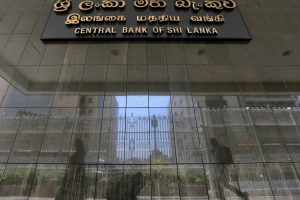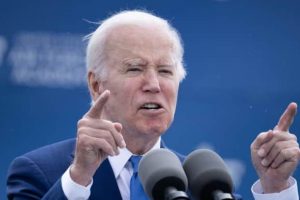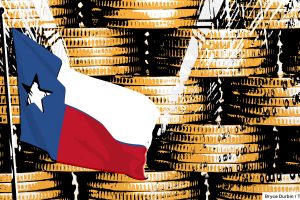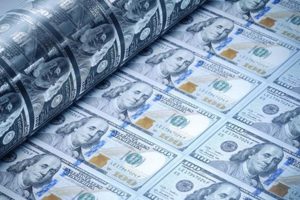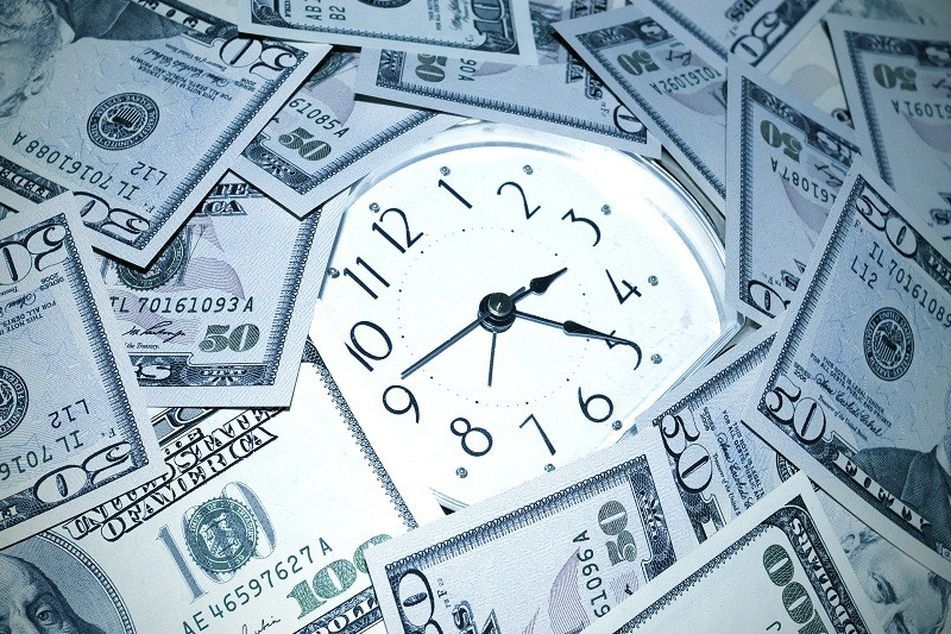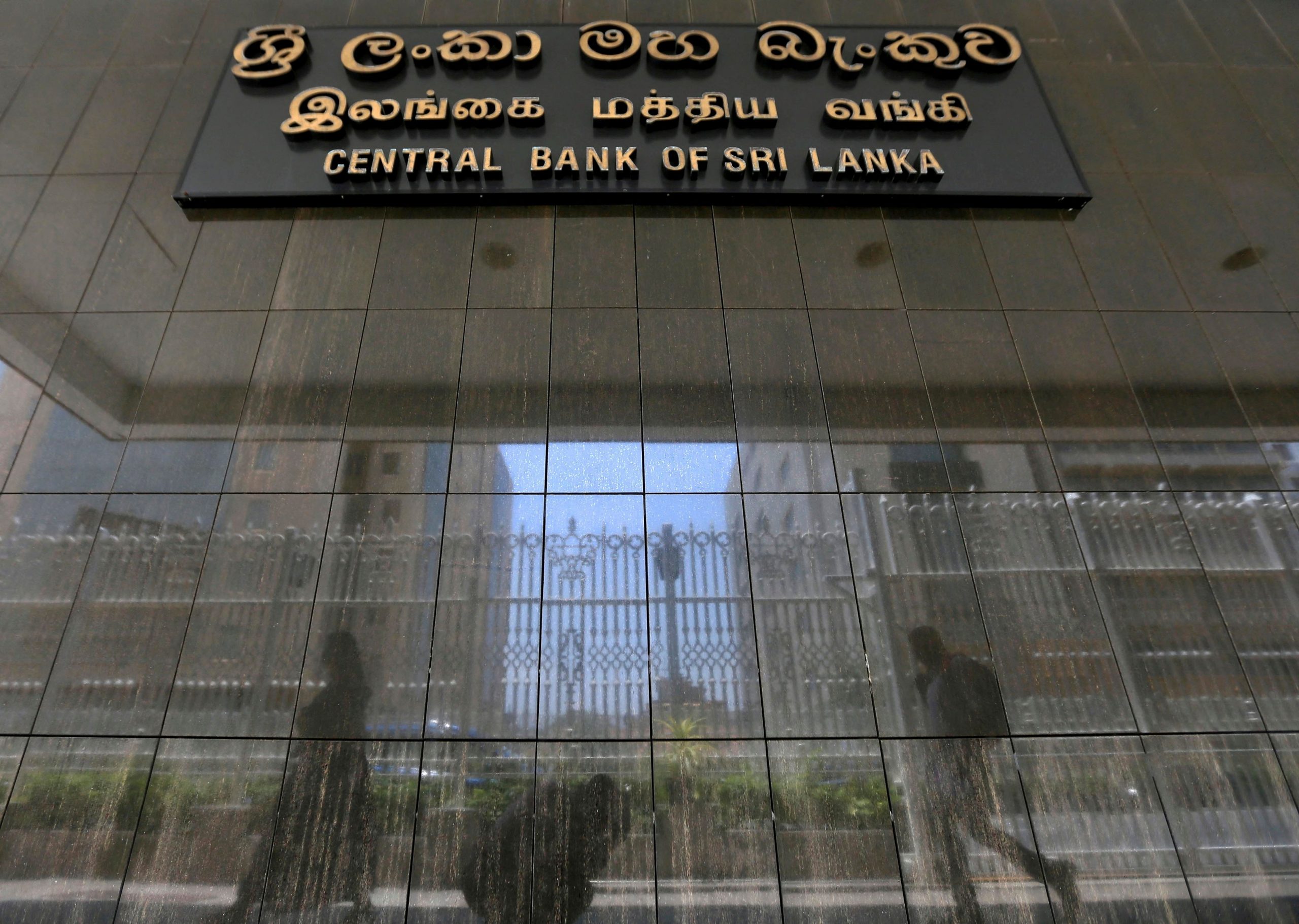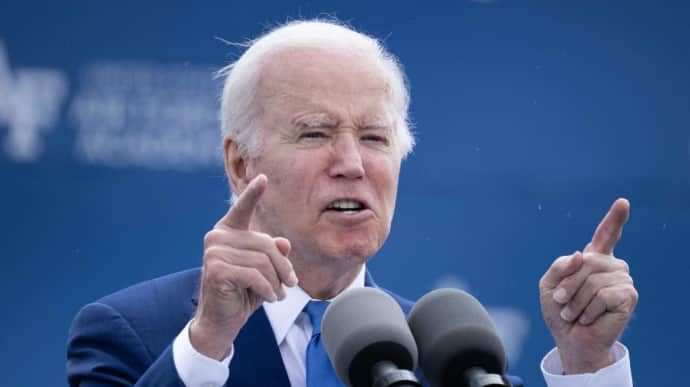Despite expectations to the contrary, the US dollar has surprised analysts and investors alike by bouncing back around 2% over the last month. The prevalent consensus was that the dollar would fall, driven by cooling U.S. inflation and the possibility of the Federal Reserve pausing its interest rate hikes. Yet, the greenback has defied this forecast, leading market watchers to investigate what’s fueling its resilience.
Analysts attribute the dollar’s unexpected rise to a confluence of factors, ranging from concerns about the U.S. debt ceiling negotiations and the health of banks to apprehensions about the global economy’s prospects. These uncertainties have amplified the dollar’s appeal as a safe-haven asset, a financial refuge in troubled times.
The dollar index, which gauges the U.S. currency against six others, has experienced a roughly 2% upswing since mid-April, climbing to around 103. However, this still represents a 10% fall from last September’s 20-year high of 114.78. The crux of the currency strategists’ hypothesis lies in the debt-ceiling conundrum.
Democrats and Republicans have been edging closer to reaching a consensus on raising the $31.4 trillion borrowing limit. Still, the specter of a potentially disastrous U.S. debt default looms large, especially amid the perceived fragility of many banks. In times of such uncertainties, market participants often gravitate towards less risky assets like bonds, gold, and of course, the dollar.
Esther Reichelt, a foreign exchange strategist at Commerzbank, suggests that the recent surge in the dollar’s value is largely driven by heightened demand for safe-haven assets due to the ‘unknown unknowns.’ She is keen to understand the potential vulnerabilities in U.S. regional banks and the possible repercussions of an intensification in the U.S. debt ceiling dispute.

Aside from the debt ceiling anxieties, lackluster data from China showing weaker than expected performance in April has heightened worldwide economic growth worries, leading to an unexpected climb in the dollar’s value.
Alvin Tan, who leads Asian FX strategy at RBC Capital Markets, shares a contrasting viewpoint. In his opinion, concerns that the Federal Reserve has not definitively tamed inflation contribute to the narrative. The University of Michigan survey last week disclosed a surge in consumer inflation expectations to a five-year peak of 3.2% in May. This had a positive effect on both bond yields and the dollar. Despite prevailing predictions for the U.S. central bank to reduce interest rates in the face of an impending recession, Tan remains doubtful. He speculates that U.S. interest rates might continue to climb, providing further support to the dollar.
A different angle examines the influence of technical factors. Speculators had net short bets against the dollar totaling $14.56 billion last week, according to data from the Commodity Futures Trading Commission, marking the most substantial such position since mid-2021. Ironically, this could catalyze rallies, as a minor uptick in the dollar may motivate traders to unwind their short positions by acquiring dollars, which subsequently boosts its value.
Chester Ntonifor, an FX strategist at BCA Research, argues, “The dollar is severely oversold. That’s one technical signal. However, another straightforward technical signal is that a steady decline in the dollar’s value is highly unusual.”
Consequently, the dollar’s current vigor appears to stem from a complicated blend of elements, including worries over the debt ceiling and global economic vitality, as well as technical trading dynamics. Despite forecasts of its downfall, the dollar has shown impressive durability, emphasizing its importance as a key gauge of worldwide financial wellbeing.
©traders-news.online
